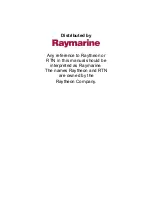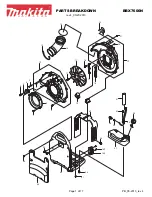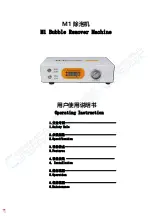
23
Calibration
D. CALIBRATION
Each electronic pipette is factory-calibrated for distilled water at 20 °C.
For easy calibration using distilled water, the pipette features an “EASY”
CAL mode (see Section D.2.2, “EASY” CAL mode). When pipetting liquids
of significantly different specific gravities or temperatures, however, the
Calibration (CALC) feature may be used to achieve greater accuracy (see
Section D.2.3, “CALC” mode).
To prepare for calibration, ensure the pipette and tips are equilibrated. When
calibrating a multichannel pipette, select only one channel to pipette with.
Using an analytical balance, first obtain the actual value of the programmed
volume at factory calibration. The programmed volume (Vp) used is typically
the calibration point for that pipette (Refer to Table D.2.2)
D.1 Volume Measurement
To measure the actual value of the programmed volume:
1.
Fill the programmed volume (Vp), then dispense the entire volume into a
container on the analytical balance.
2.
Read the weight on the analytical balance. Repeat this procedure ten
times.
N
ote:
Use a clean and dry pipette tip with each pipetting cycle. When filling the
liquid, immerse the pipette tip approximately 1/4 inch (approx. 0.6 cm) below
the liquid surface. When dispensing the liquid, touch the side of the container to
ensure a complete dispense.
3.
Determine the average weight of the programmed volume and convert it
to volume. To convert to volume, correct the weight for specific gravity and
temperature.
If weighing water, use one of the correction factors below:
Temperature
Correction Factor
20 °C - 22.5 °C
1.003
23 °C - 25 °C
1.004
The resulting volume is the corrected actual volume. If the pipette is correctly
calibrated, the programmed volume should equal the actual volume (
within the
specifications of the pipette
).
















































